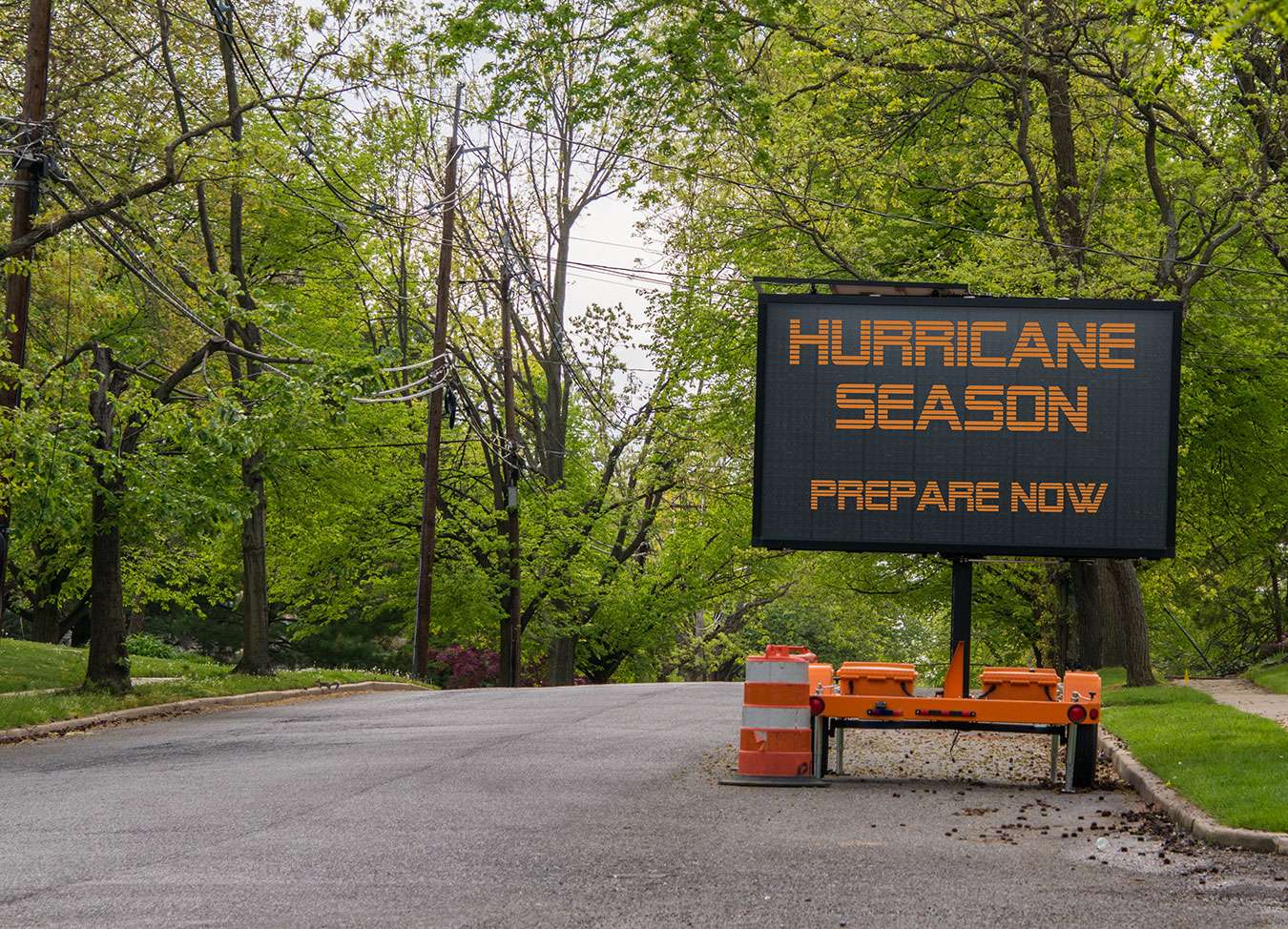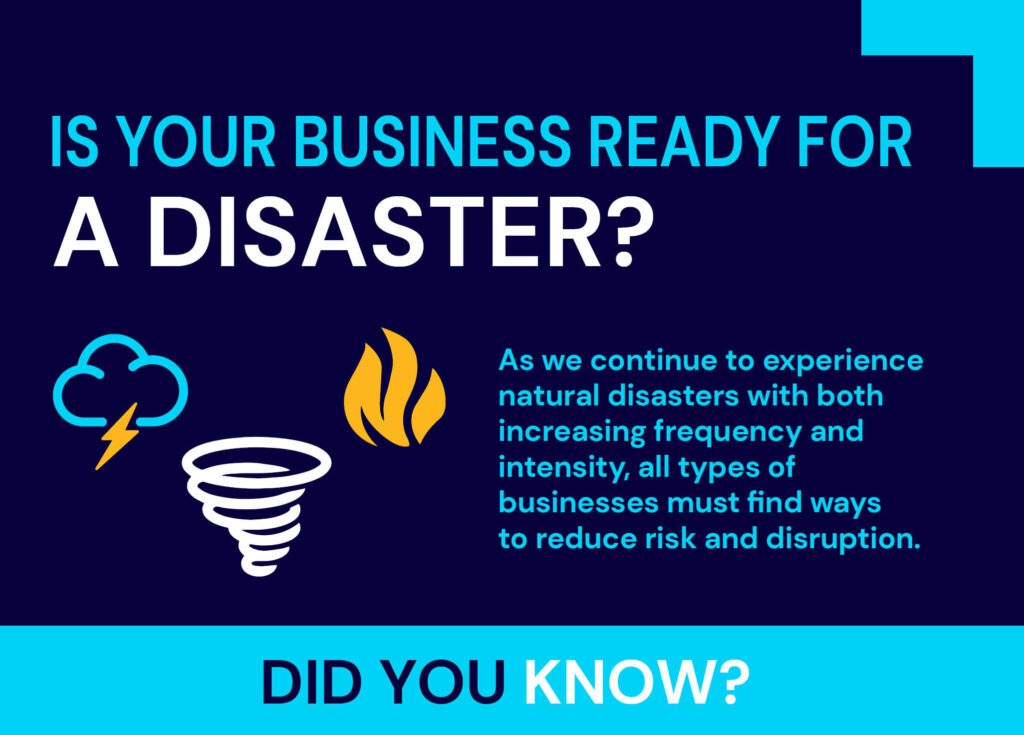
It’s that time of year again for a friendly reminder that few things can negatively impact your business faster than a prolonged outage. If you don’t have the people, plans, and infrastructure in place to weather (ahem) an unexpected event, you’re flirting with disaster (bad pun intended).
In all seriousness, few of us are ready to handle unexpected events. What’s true in our personal lives is also true in our professional lives. Simply buying insurance and hoping for the best doesn’t stop a tree from falling on your house anymore than it stops a cyberattack from taking down your company’s IT systems.
With an ever-increasing reliance on digital technology, we get ample reminders of what’s at stake all the time. Just think back to the last time the electricity went out and how quickly you realized how much your daily life depends on it.
So, what can you do? First of all, acknowledging that you need to do something is a big first step. Denial or wishful thinking simply isn’t going to cut it.
Start by thinking about all the types of events that can disrupt your business operations—such as natural disasters, insider attacks, cyberthreats, IT system downtime, and equipment failures. With that in mind, imagine the amount of financial damage that could happen if your business remains offline for any prolonged amount of time.
If you’re unsure how your business would fare, you’re not as prepared as you should be. To avoid becoming yet another statistic, explore this five-step checklist featuring practical tips to help your business survive a disaster.

A good rule of thumb—test it before you need it
Business continuity and preparedness go hand in hand. That’s why any comprehensive business continuity plan should include your people and processes in addition to equipment and technology. From secure network connectivity and hosted services to fuel pricing and logistics, you’ll need to account for all critical aspects of your business.
After all, your customers’ trust in your business depends on your ability to recover quickly and securely from any type of disruption. The only way to be confident that your incident response and disaster recovery plans can support business continuity is to review and test them regularly.
Utilize GasBuddy for regional weather events
PDI is continually monitoring how different events can impact the industry supply chain and consumers, including weather-related events. In the case of localized events, consumers can use GasBuddy to track fuel availability in impacted areas. The tracker is available both in the free GasBuddy app and online at tracker.gasbuddy.com. Businesses that use GasBuddy Business Pages can update the status of their stations in affected areas as well.
Get support from PDI
Start preparing today to keep your business up and running regardless of external events. In the meantime, PDI Support teams stand by ready to help.
To learn more about how PDI solutions can help your business thrive, contact us.







